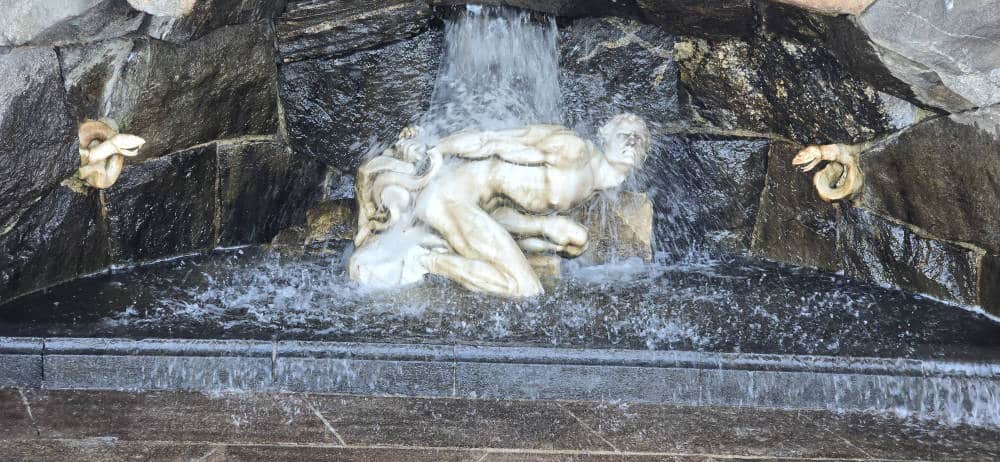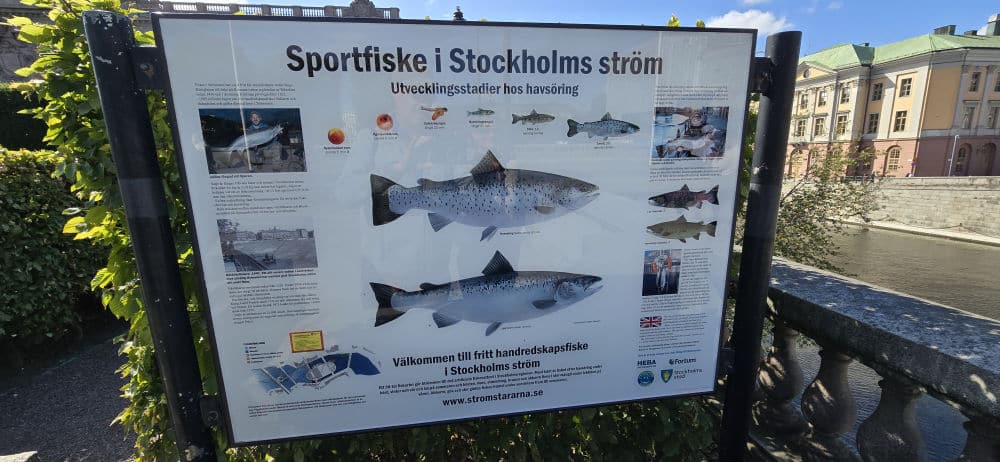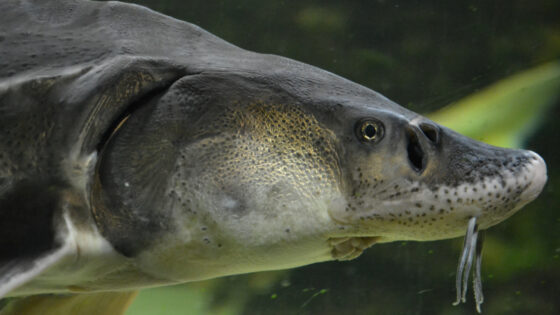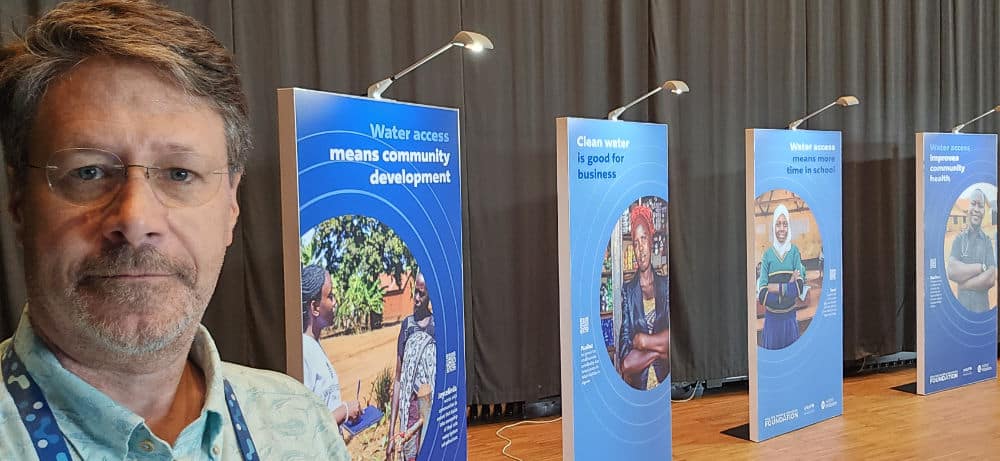
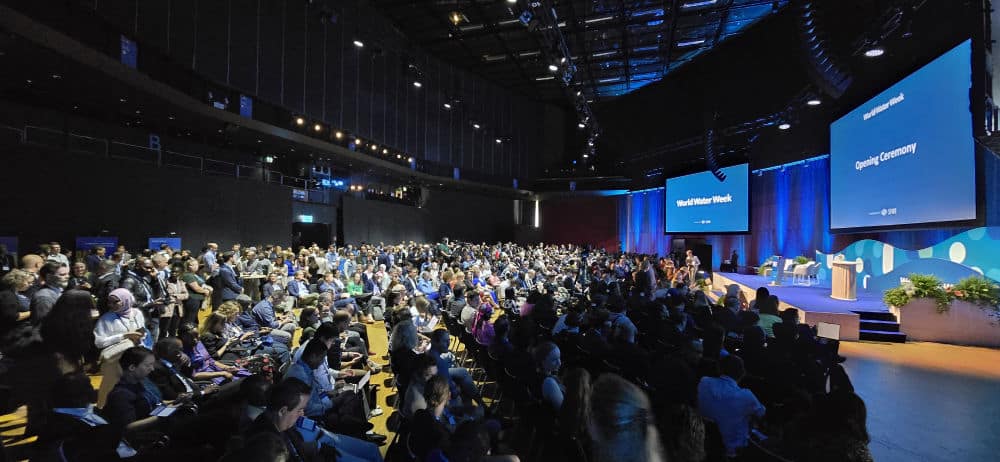
By David B. Arscott, Ph.D., Executive Director, President, and Research Scientist
Last week, I traveled from Stroud Water Research Center’s small corner of the world in southeastern Pennsylvania to Stockholm, Sweden, for World Water Week. The annual conference brings together leading organizations to discuss global water issues and solutions. This year’s conference focused on addressing global stability and peace through cooperation.
Stewardship through Partnership
Since the Stroud Center’s founding in 1967, cooperation has been central to our work. Our scientists work together across disciplines and with other institutions to answer difficult questions about freshwater ecosystems. Our educators work with teachers to develop learning opportunities and curricula that help people understand and value their waterways. And our watershed restoration professionals partner with landowners and farmers on stewardship projects to protect clean fresh water.
We recognize that water moves beyond boundaries, and so too must our partnerships and solutions to the global water crisis. Only by working together can we ensure the health and resilience of our shared water resources.
Power of Cooperation
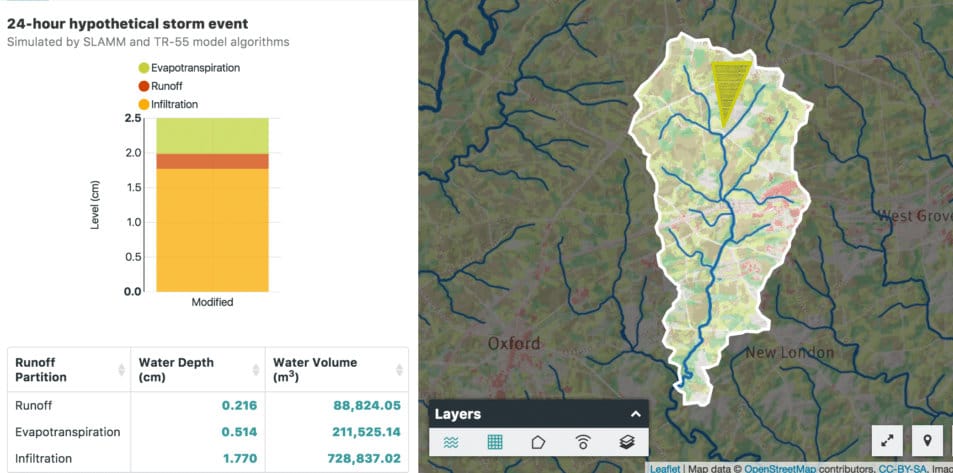
Representing the Stroud Center at World Water Week 2024, I participated in a five-person panel discussion titled “Leveraging Technology to Maximize Water Stewardship Impacts.” I got to share a bit about Model My Watershed, a web tool we continue to develop with our partners that allows users to analyze geographic data and model land use scenarios to optimize plans for investments in watershed stewardship.
Students and teachers, regulators and regulated communities, watershed scientists, and conservation professionals are already using Model My Watershed. My colleagues and I used it to estimate the impact of efforts to reduce water pollution in the Delaware River Watershed. It’s also being used in our project with Amazon Web Services to estimate the benefits of implementing soil health practices on farms near Washington, D.C. as part of the company’s water replenishment strategies.
Model My Watershed is gaining traction in the United States, and with additional funding, we will continue its development in support of a global user community. We are excited to be on a trajectory to expand the geographic scope of these tools beyond the United States.
Model My Watershed exemplifies the innovation that’s possible when we work together. I was honored to share its success on a world stage and to hear about some of the exciting work that other organizations are doing. The week was filled with the promise of a more peaceful and sustainable future, and at its conclusion, one thing was clear: As humans, our lives depend on access to fresh water; to protect it, we must depend on something else—each other.
To support the ongoing development of Model My Watershed and other ways we are working to protect freshwater ecosystems, donate today.


